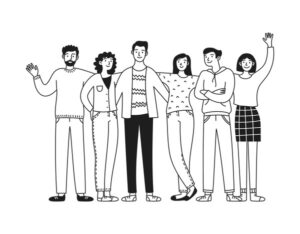Introduction
Lyari, one of Karachi’s oldest neighborhoods, has long been synonymous with vibrant culture, resilience, and a proud heritage. Despite its rich cultural significance, Lyari has endured decades of violence, gang wars, and socio-political unrest that have overshadowed its charm. Understanding the roots, impact, and eventual attempts to restore peace in Lyari is essential for grasping the complexities of urban conflict and resilience in Pakistan.
Rise of Gangs
Economic deprivation and weak law enforcement led to the rise of criminal gangs that thrived on extortion, drug trafficking, and smuggling. Influential figures like Rehman Dakait and Uzair Baloch became infamous for their control over the neighborhood.
Political Exploitation
Various political entities exploited the socio-economic conditions of Lyari, using gangs for their agendas. This politicization deepened the entrenchment of organized crime.
Marginalization of Youth
With few employment or educational opportunities, many young residents became easy recruits for gangs, seeking power and financial stability.
Impact on the Community
The violence in Lyari took a significant toll on its residents including
Loss of Life: Hundreds of innocent civilians lost their lives in clashes between rival gangs and security forces.
Displacement: Families fled the area to escape violence, leaving behind homes and livelihoods.
Fear and Trauma: The constant threat of violence created a climate of fear and psychological trauma.
Economic Decline: Local businesses struggled to survive amidst extortion demands and rampant insecurity.



